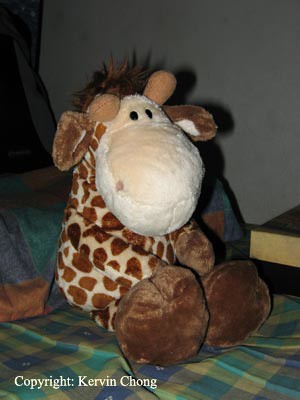Sungai Lembing chronicles
Sungai Lembing is a town borne of nostalgia. It was believed that the name Sungai Lembing was thought of when a local headman here was scouting for a settlement, he chanced upon a spear in the river and thus it was named (lembing in Malay is spear). Another version tells that he climbed up the hill and noticed that the river’s course made it shallower at parts and thus looked akin to a spear head and thus again the name. Which is which is no longer discernable but both makes a good tale. Yet nostalgia alone does not keep a town alive and vibrant. In it’s heydays around the 50s Sungai Lembing was a hive of activity. Tin was found in abundance in this little town sited within a valley and people flocked to make their fortunes like in the gold rushes of California. During the war, tin prices skyrocketed and people made their fortunes here. It is believed that the shaft sunk down to reach the tin ore were the deepest in the world at almost 600 m in depth. Yet all booms goes through a cycle and the town’s fate was sealed as the recession hit in the 70s and mining the ore though still in abundance became unprofitable. Thus the mines were abandoned, sealed and soon flooded.
Thus today Sungai Lembing will hardly register in most people’s mind except for the short write up in the geography books. The lack of economical incentive soon proved too much as the younger generation soon rode out of town to find greener pastures. The town today consists of a main street, various rows of wooden or iron sheet shop houses, a library, community hall, police station, several schools, clan association buildings, abandoned tin smelters, a small motel, a single petrol pump and houses as well as a new museum dedicated to the history of tin mining in the town. All in all Sungai Lembing is a dead town where the mean age of the residents is around the 60s. Yet the people here are content, live moves at a slow pace, people take time to just laze around in their homes, reading the morning paper or else join in groups to have a spot of kopi-o at the local coffee shop. Association halls such as the Teochew association and Hakka association are often with members discussing the latest happenings. Traffic is low here, the only gas pump is a single hand pump situated in the middle of the main street bisecting the town.
Yet the old town is not without it charms. The scenery here is lovely and proved a favourite with people trying to escape for a little spell of nature. Climbing up the Sungai Lembing hill and waiting for the sun to rise is an adventure many of those from Kuantan must’ve tried one time or other. The town too seems to be in a time capsule, most of the buildings, built by the pioneers are still standing and is being used. A hanging bridge that spans the river is another well known landmark here. The state has drafted out a plan to conserve several structures of historical importance in Sungai Lembing. The most noticeable of these is the Sungai Lembing Mining Museum. The exhibits are located in a single double storey building that overlooks the town from it’s location up high in the hill. Most of the items on display are artefacts used in tin mining extraction; old excavators, mine carts, helmets, picks, lamps and even some of the rooms have been recreated into the living quarters of the foremen that oversaw the mines. Other exhibits showcase the petrology of tin mining with mineral displays, write ups on the geological makeup of tin, shaft models and photos of mines. Walking down, you’ll also be able to walk through a diorama in which you’ll experience what it was in the mines albeit without the claustrophobia, sweltering heat, dampness and risk of being crushed by falling debris. All in all it is a typical museum if you like to visit them, informative but not too interactive.
Tourists would be able to see all the attractions within a day or two yet those not interested in small towns, a lack of entertainment and nature should give it a miss. A day trip, hiking up the hill watching the sun rise, a museum walk, eating ‘kai fan’ (chicken rice) and walking round the town and you’ll be heading home. Another stopover one might wish to see as you head there or back would be Gunung Charas with its reclining Buddha statue within a limestone cave complex or the Tembeling Waterfalls which offers a cool dip on a hot day.






No comments:
Post a Comment